Orestes Manzanilla-Salazar
Polytechnique Montréal
A Machine Learning framework for Sleeping Cell Detection in a Smart-city IoT Telecommunications Infrastructure
Oct 02, 2019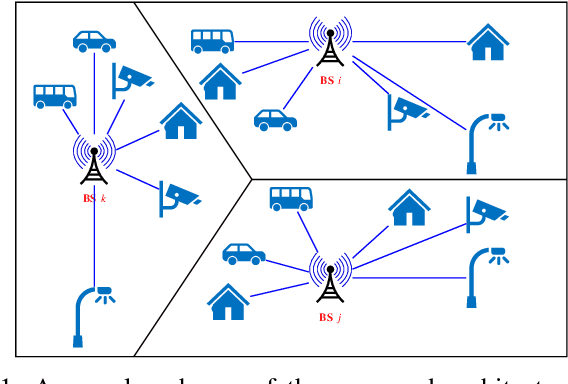
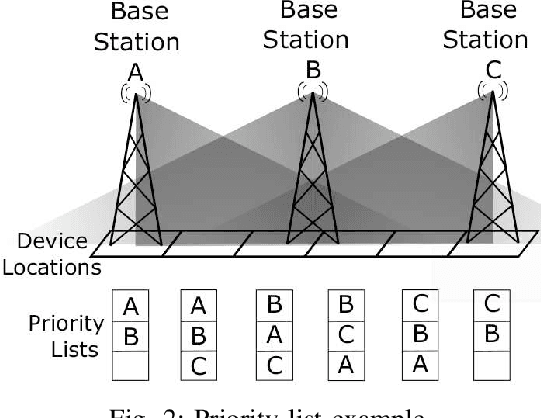
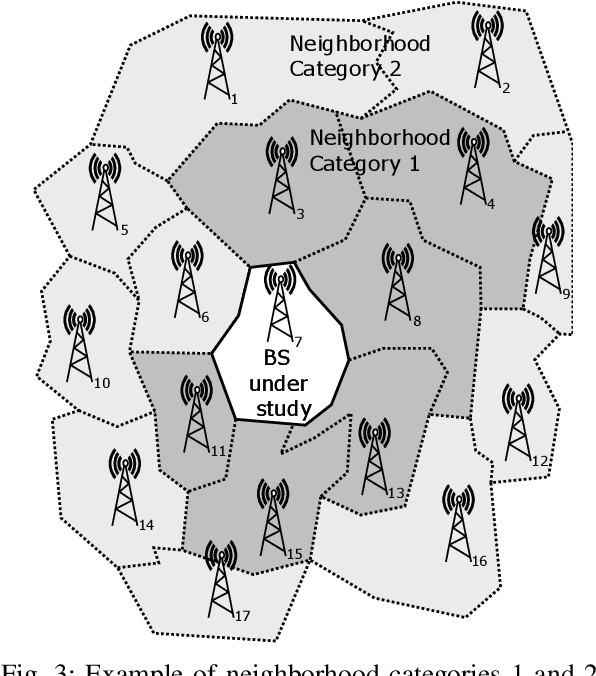
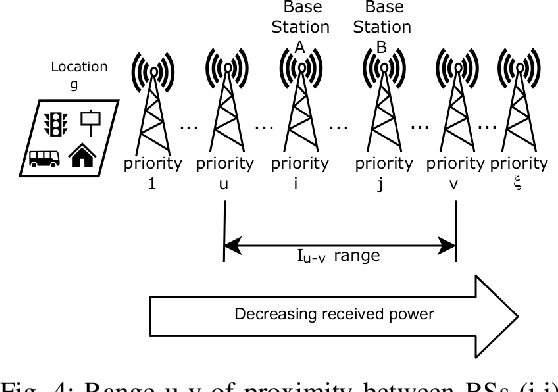
Abstract:The smooth operation of largely deployed Internet of Things {IoT} applications will depend, among other things, on effective infrastructure failure detection. Access failures in wireless networks Base Stations (BSs) produce a phenomenon called "Sleeping Cells", which can render a cell catatonic without triggering any alarms or provoking immediate effects on the cell's performance, making it difficult to discover. To detect this kind of failures, we propose a Machine Learning framework, based on the use of Key Performance Indicator (KPI) statistics from the BS under study, as well as those of the neighboring BS with propensity to have their performance affected by the failure. A simple way to classify neighbors is to use Voronoi diagrams. In this paper we propose a much more realistic approach based on the nature of the radio-propagation and the way the devices choose the BS to which they send access requests. We gather data from large-scale simulators that use real location data for BSs and IoT devices, and pose the detection problem as a supervised binary classification problem. We measure the effects caused on the detection performance, by the size of time aggregations of the data, the level of traffic and the parameters of the neighborhood definition. Extra Trees and Naive Bayes classifiers achieved Receiver Operating Characteristic (ROC) area under the curve scores of 0.996 and 0.993 respectively with False Positive Rates (FPRs) under 5 %. The proposed framework holds potential for other pattern recognition tasks in smart-cities wireless infrastructures, that would enable the monitoring, prediction and improvement of the Quality of Service (QoS) experienced by IoT applications.
Privacy-preserving classifiers recognize shared mobility behaviours from WiFi network imperfect data
Oct 24, 2018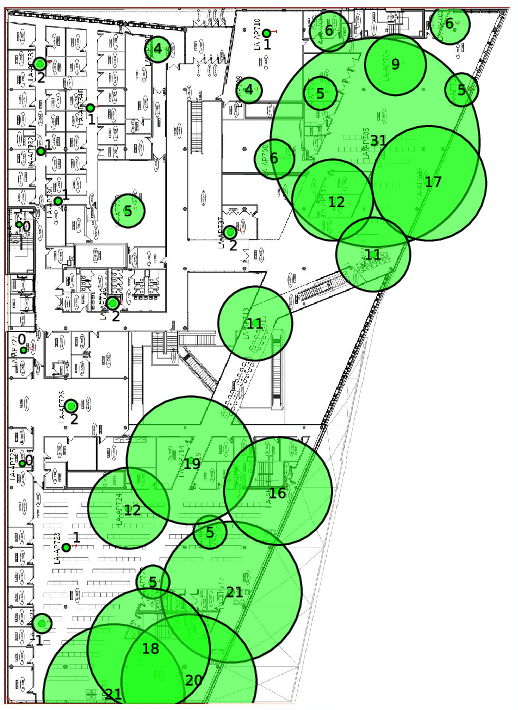

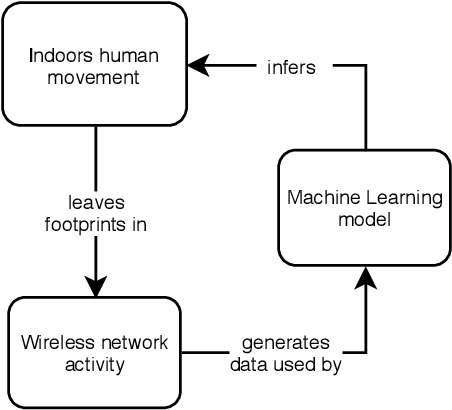
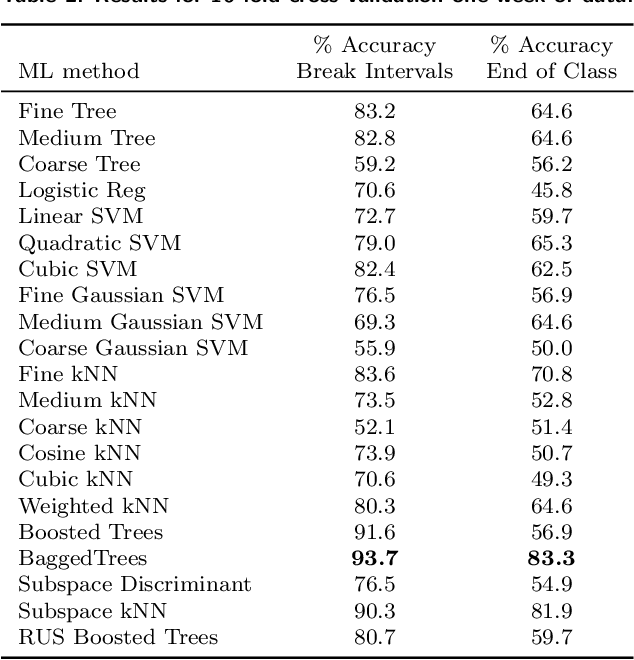
Abstract:This paper proves the concept that it is feasible to accurately recognize specific human mobility shared patterns, based solely on the connection logs between portable devices and WiFi Access Points (APs), while preserving user's privacy. We gathered data from the Eduroam WiFi network of Polytechnique Montreal, making omission of device tracking or physical layer data. The behaviors we chose to detect were the movements associated to the end of an academic class, and the patterns related to the small break periods between classes. Stringent conditions were self-imposed in our experiments. The data is known to have errors noise, and be susceptible to information loss. No countermeasures were adopted to mitigate any of these issues. Data pre-processing consists of basic statistics that were used in aggregating the data in time intervals. We obtained accuracy values of 93.7 % and 83.3 % (via Bagged Trees) when recognizing behaviour patterns of breaks between classes and end-of-classes, respectively.
 Add to Chrome
Add to Chrome Add to Firefox
Add to Firefox Add to Edge
Add to Edge